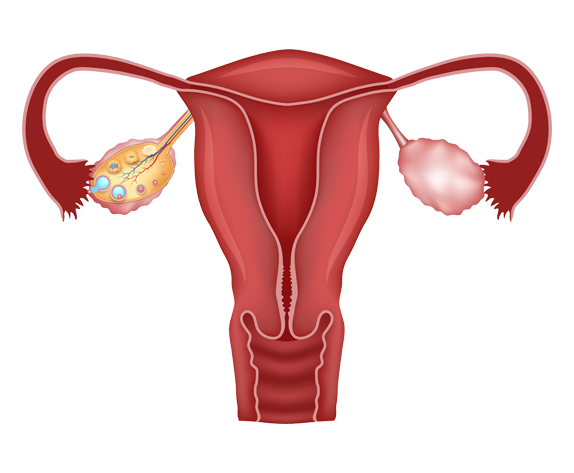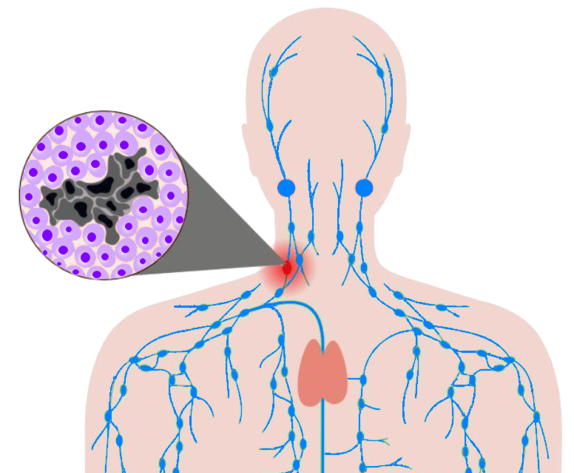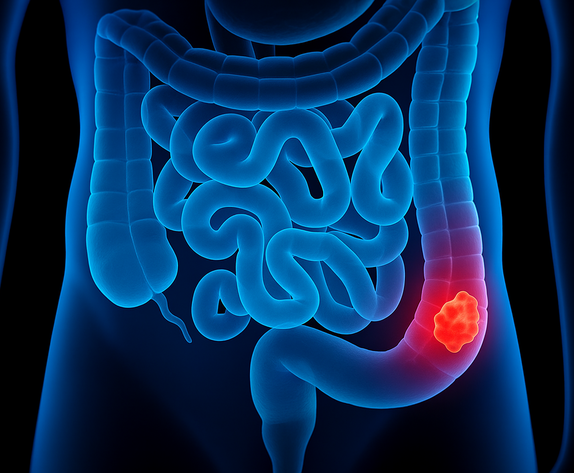







Primary Objective :
Secondary Objective :
EXPLORATORY OBJECTIVE:
Primary Objective :
1. To define dose limiting toxicity (DLT).
2. To assess toxicity profile.
3. To determine the recommended phase 2 dose (RP2D).
4. To determine the objective response rate (ORR) (complete response [CR] and partial response [PR]).
5. To perform pharmacokinetic (PK) studies.
6. To examine the effect of CX-5461 (Pidnarulex) on gene expression profile of MYC aberrant lymphomas.
Secondary Objective :
1. To observe and record anti-tumor activity.
EXPLORATORY OBJECTIVE:
1. To determine the mechanisms of response and resistance using circulating tumor deoxyribonucleic acid (ctDNA).
2. To observe cerebral spinal fluid (CSF) distribution of CX-5461 (Pidnarulex).
Primary Endpoints:
a. In Phase 1, establish the recommended Phase 2 dose (RP2D) of CX-5461 combined with Cemiplimab; determine safety and tolerability of CX-5461 alone and in
combination with Cemiplimab in phase I and II.
b. In Phase 2, determine progression-free survival (PFS) of CX-5461 monotherapy and in combination with Cemiplimab in refractory, liver-metastatic MSS CRC
patients.
Secondary Endpoints:
a. Observe and record anti-tumor activity.
b. Compare the objective response rate (ORR) and disease control rate (DCR) between monotherapy and combination therapy arms in Phase 2.
c. Compare duration of response (DoR) between arms.
d. Compare overall survival (OS) between arms.
e. Characterize the plasma pharmacokinetics (PK) of CX-5461 alone and in combination with Cemiplimab.
f. Characterize the PK of Cemiplimab.
g. Using whole-exome sequencing (WES), explore baseline and post-treatment gene signature patterns that may suggest response to CX-5461 alone or in
combination with Cemiplimab.